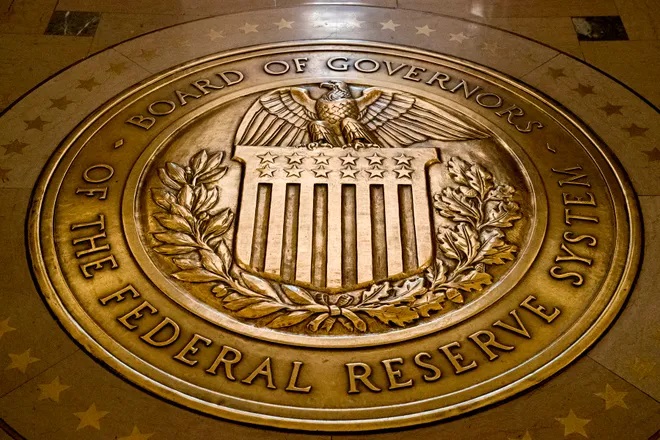The Labor Department released two disturbing reports relating to inflation. The Producer Price Index (PPI), which measures the prices paid by wholesalers, rose 11.2% from a year ago. The Consumer Price Index (CPI), which measures a wide-ranging basket of goods and services, jumped 8.5% from a year ago, the highest level since 1981.
These high inflation numbers reflect a strong economy that has bounced back from COVID-19. The following factors have contributed to higher prices:
- the war in Ukraine,
- pandemic lockdowns in China,
- supply chain challenges,
- low interest rates, and
- government stimulus to counter the pandemic’s impact.
Lael Brainard, who is awaiting Senate confirmation to serve as vice chair of the Federal Reserve, indicated that the central bank could embark on its most aggressive efforts to raise interest rates in decades. She said, “The Fed’s top goal is to reduce inflation.”
Brainard is hopeful that demand will moderate because the Fed will increase interest rates and reduce its bond holdings (quantitative tightening).
A Gallup Poll revealed that one in five Americans believe inflation is the most important problem facing the U.S. today. 17% of Americans rated the high cost of living or fuel prices as their top concern and 4% of Americans cited gas prices.
While inflation is the nation’s most important problem, current numbers are well below the high percentages of the early 1980’s when it reached 15%.
The concern about inflation is relatively recent. In 2020 only 2% of Americans thought inflation was a problem. By October 2021, 5% cited it. By March 2022, it dominated Americans’ economic concerns.
Economists are looking for evidence the inflation surge is close to a peak. Prices have begun to cool at restaurants and for used vehicles. By contrast, gas prices are up 18.3% in March from one month earlier and grocery prices rose 1.5% last month.
Along with inflation, Americans have become more pessimistic about the economy in recent months. Some 75% now say conditions have gotten worse. To put this in perspective, the last time Americans were so negative was during the early days of the pandemic in April 2020.
Faced with inflation at a 40-year high, U.S. policymakers are debating how best to respond and balance the need to tame inflation without suppressing our post-pandemic recovery.
Solid demand for labor has shifted bargaining power toward workers, putting upward pressure on wages, which could feed into broader price gains. Annual wage growth was 6% in March, the fastest pace since records began in 1997, according to the Federal Reserve Bank of Atlanta’s wage tracker.
Nevertheless, wages on balance are growing too slowly to offset inflation. This could push workers to demand higher wages, leading to cost-push inflation. Cost push inflation (also known as wage-push inflation) occurs when overall prices increase due to the cost of wages and raw materials.
Keeping employment high and inflation low is a delicate balancing act. Federal Reserve Governor Christopher Waller said the U.S. central bank needs to raise rates aggressively to fight inflation, but not so abruptly as to stress markets, destroy jobs and push the economy into recession. Policymakers are typically concerned with three issues when it comes to inflation: rising prices, employment, and interest rates.
The tradeoffs have stirred much debate about the best way to respond. If history is any guide, it took almost a decade (1972-1982) for us to break the back of inflation. The Fed pursued what economists call “stop-go” monetary policy, which alternated between fighting high unemployment and high inflation. During the “go” periods, the Fed lowered interest rates to increase the money supply to lower unemployment. This illustrates the difficulties of carrying out the Fed’s dual mandate to keep prices stable and unemployment low.
Originally published in the Sarasota Herald-Tribune




